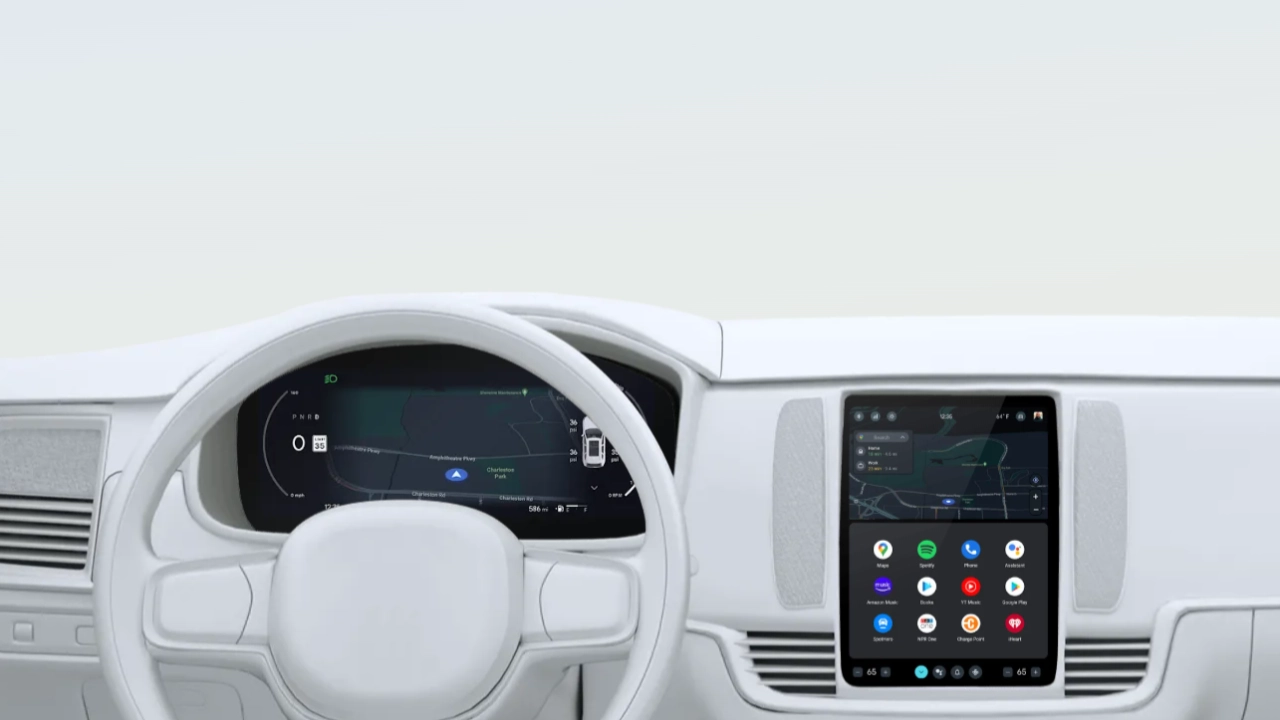Copyright techgenyz

Google Maps AI-powered live lane guidance helps drivers navigate complex highways with ease.Debuts with Polestar 4, expanding soon to more vehicles globally.Uses AI and front camera sensors to “see” the road and suggest lane changes in real-time.Aims to reduce confusion at Indian flyovers and multilane highways through visual and voice prompts.Expected to enhance connected car experiences across India’s growing smart-vehicle market. If you’ve taken the wrong flyover on the Delhi-Gurugram Expressway even once, you know how frustrating it can be to backtrack. Indian roads have an element of unpredictability—sometimes taking the wrong exit can turn a 30-minute trip into an hour-long detour. Now imagine if your car noted that you made a near-mistake before you did. That is exactly what Google Maps AI new live guidance feature, aided by AI, promises; an intelligent real-time assistance system, to help you navigate the ever-changing realities of India’s highways. But how exactly does Google Maps see what we see? How Google Maps AI Actually “Sees” the Road Well, Google Maps is using onboard AI and camera vision to evaluate live road data. The car’s front-facing camera is capable of scanning lane markings, directional arrows, and signware, while Google’s AI can understand it all within milliseconds. If your PAS senses you are not in the correct lane for an upcoming exit, you will get clear, actionable voice alerts and on-screen confirmations — all while safely steering you to the correct lane. This idea of a “driver’s assistant” route navigation system reduces lane confusion; a problem Indian drivers experience every day. Yet it remains to be seen how a global technology in Google Maps will work on India’s roads as these roads are seldom the same or clearly communicated, based on the signs you would see in other countries. India’s Lane Problem and Why Google Maps AI Could Fix It India’s highways are multi-lane enigmas, from Kolkata’s Eastern Metropolitan Bypass to Bengaluru’s Outer Ring Road. Lane markings are unclear, signboards are often blocked by trees, and heavy traffic necessitates the driver to react in a split second. Here’s where Google Maps AI lane guidance changes the game. By analyzing real-time visuals rather than static maps, it learns to recognize Indian traffic patterns, including overtakes, turns, and uneven lane widths. But for this technology to truly work across India, it must learn from our roads, not just read them. How can AI become truly Indian in its driving intelligence? Localization: Teaching Google Maps AI the Language of Indian Roads Every country drives differently and India’s roads are practically their own language. Google’s AI system can adapt by collecting region-specific driving data through its 2 billion monthly Maps users. With this data, the algorithm learns patterns unique to India, how scooters weave between cars, how trucks signal before turning, or how flyovers split unexpectedly. This helps the AI offer more context-aware guidance in Indian conditions. But can such premium tech make its way from high-end cars like the Polestar 4 to India’s mass-market vehicles? Scalability: From Luxury Cars to Everyday Drives Currently rolling out on Polestar 4 in the U.S. and Sweden, the live lane guidance feature is expected to expand through Google’s automotive partners, including Volvo, Hyundai, and MG Motors, many of which already operate in India. As India’s EV ecosystem grows and Google built-in systems become standard in newer models, features like lane guidance could soon be available in mid-range cars and SUVs. With 5G connectivity and AI chips becoming more common, the gap between luxury and affordability is closing fast. But will you embrace Google Maps AI assistance, or will you see it as another gimmick? Driving Confidence Through AI Assistance Actually, the goal is not to replace human drivers but to empower them with confidence. Whether you are a college student driving back home from Pune to Nagpur or a working parent battling Mumbai’s monsoon madness trying to return home sooner, Google Maps AI lane guidance provides probably as much safety as it does comfort. It makes merging into lanes safer, reduces missed exits and simplifies or streamlines guidance on those roads that might otherwise lead to caution tinged with chaos and too many traffic jams while worrying about the rest of your day. It all comes down to reaching your destination in a more calm, collected and safe manner. Still, one question remains, is this the start of a larger AI transformation in Indian mobility? The Bigger Picture: India’s Roadmap to Smart Mobility India is progressing gradually toward the AI-enabled ecosystem of transportation from EVs to connected autonomous car ecosystems. With smart city projects funded by the government, and the rollout of 5G networks, AI-enabled features like the live lane guidance offered by Google Maps are part of the mobility plan aimed at a tech-savvy and better-connected country. In this futuristic scenario, your car will offer more than just your directions on an embedded display; it will be able to understand your driving habits, your actions on the roadway, and real-time environmental conditions in a feedback loop with smart infrastructure. The outcome? A driving experience that is safer, smarter, and truly futuristic. And it all starts simply enough — with a feature that helps you stay in the right lane. Final Thoughts From Delhi’s signal-heavy crossroads to Mumbai’s chaotic flyovers and Bengaluru’s nightmarish roundabouts , the much needed clarity in motion is finally here. Google Maps AI-enabled predictive lane guidance will represent the ultimate game-changer on wheels; a vision of advanced road safety, smart roadways, and vastly more confident people on India’s roadways. For decades, India has asked one question regarding driving: whether they are in the right lane or not. From new students who are learning to drive in Pune to taxi driver reminders while navigating the flyovers in Delhi, AI lane guidance restores order to the chaos. This is the technology upgrade we have been waiting for that comes along with a pledge for safer roads, sharper turns and smarter travel. The journey ahead is yours to own. Next time Google Maps guides you, and your lane – take a deep breath, grip the wheel, relax, and smile – because clarity is finally in the driver’s seat.



